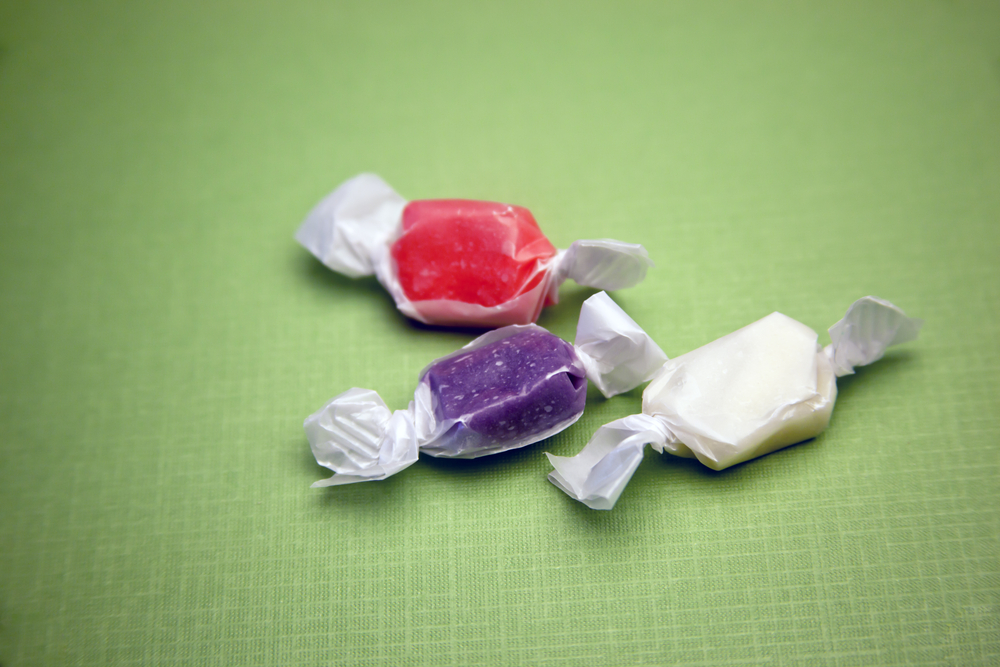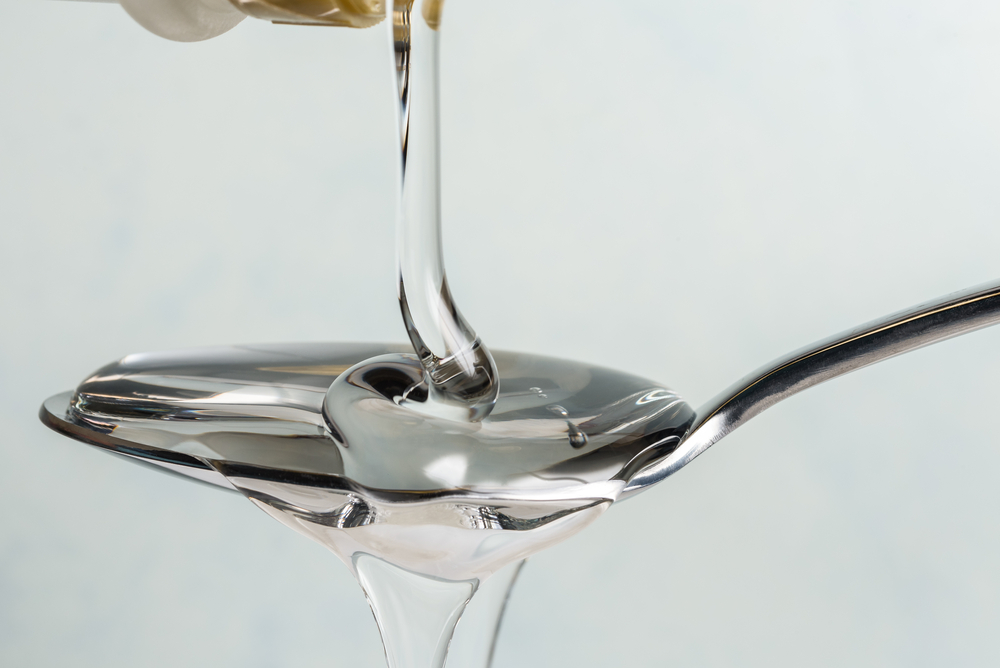Salt water taffy, a variety of soft taffy, was first produced in Atlantic City, New Jersey, in the 1880s. The most popular explanation of its name is that David Bradley’s candy store was flooded during a storm in 1883, soaking his entire stock of taffy in salty ocean water. He jokingly offered a customer some “salt water taffy,” and after sampling a piece, the customer purchased the candy. Bradley’s mother, who overheard the conversation, loved the new name, and it has been known as salt water taffy ever since. The candy was popularized later that century when Atlantic City confectioner Joseph Fralinger began boxing and selling it as a boardwalk souvenir.
Recipe Servings: 30
+ 30 minutes resting
Ingredients
- Nonstick cooking spray, as needed to grease pan
- ½ cup sugar
- ½ Tbsp cornstarch
- ⅓ cup light corn syrup
- ½ Tbsp unsalted butter, plus more as needed for greasing
- ¼ cup water
- ¼ tsp salt
- ¼ tsp extract of choice, optional
- 1–2 drops of food coloring, optional
Directions
- Grease an 8 x 8-inch baking pan using nonstick cooking spray and set it aside.
- Combine the sugar, cornstarch, corn syrup, butter, water, and salt in a medium saucepan over medium-high heat, stirring constantly until the mixture reaches 250°F on a candy thermometer.
- Remove the mixture from the heat and mix in the extract and food coloring, if using.
- Pour mixture into the prepared baking pan. Using a well-buttered utensil such as a scraper or spatula, fold the mixture onto itself until it is cool enough to touch.
- Butter your hands and stretch the candy into a long rope. Fold the rope in half so the ends meet and stretch it again. Repeat this stretching for about 10–15 minutes. The candy will get lighter and lighter in color.
- Pull the candy into a rope about ½ inch wide or whatever thickness you desire. Set the rope down and cut it into small pieces using a buttered pair of scissors.
Let the candy rest for about 30 minutes before wrapping the pieces in parchment or wax paper. Store the candy in the refrigerator.
Recipe introduction and directions © Copyright 2016-2025 World Trade Press. All rights reserved.


